Every Question I’ve Ever Been Asked About Russia…
…is covered in this video.
Russian and Ukrainian dancing, Siberia, drinking, cold, snow, vodka, Hammer and Sickle, Lenin, Stalin, balalaikas, dancing bears, tanks, ushanka-hats, and more.
httpvh://www.youtube.com/watch?v=p32JwYNMe9s
If there is something else you wanted to know that is not covered in my groundbreaking Behind The Iron Curtain series, this would be a good time to ask. I might even cover your question in an upcoming post.
On an unrelated note, I added a Google+1 button, just in case you feel like clicking on things.
Continue reading →Jewish Veterans Museum
I had various ideas for a post about Jewish War Veterans during the Jewish American Heritage month, but none of them worked out so I just went to the Jewish Community Center and took some (low quality) photos of the displays presented by the Jewish War Veterans MO/KAN Post 605.
Continue reading →
For a professional online exhibit on the subject please visit: Jewish Veterans of World War II.Behind The Iron Curtain:Revolution
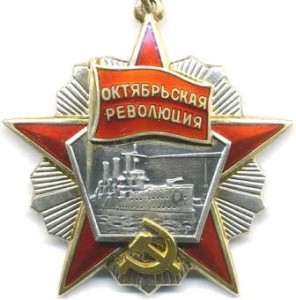 Today is the 91st anniversary of the Great October Socialist Revolution – an event that truly changed the course of the world history and still influences all things political, military and diplomatic. Millions of people died, millions were displaced, families were shattered, hopes destroyed, lives broken.
Today is the 91st anniversary of the Great October Socialist Revolution – an event that truly changed the course of the world history and still influences all things political, military and diplomatic. Millions of people died, millions were displaced, families were shattered, hopes destroyed, lives broken.Many blame Lenin and the Bolsheviks for the failed 70-year experiment but the truth is that they were at the right place at the right time when with the little agitation and slight prodding the Russian people were ready to fight for what they thought was a better future.
For almost 20 years after the break-up of the USSR people cannot agree if it was a good or a bad time in the Russian history. It was a time of great achievements, industrial development, first man in space, victory in the World War II, but at the same time it was paid for with civil war, oppression, labor camps, millions of lives, starvation, forced relocation of the whole nationalities, state-sponsored antisemitism and constant fear. Would one trade free education for free speech, free health care for freedom to see the world, man in space for plentiful food. To many the answer is clear, others can live with the trade-off.
Today many will gather in public places to celebrate or curse the legacy of the revolution. It lives in people like me who witnessed the last years of the USSR but it also lives in people like you who for the past 90 years tried to prevent this from happening here. Were you successful? Time will tell…
November 7,1977. Red Square, Moscow, the USSR
httpvh://www.youtube.com/watch?v=IH42Gme4oIg
Continue reading →Another Drop In My Bucket (List)
I thought of another item to put on my bucket list (if it existed): I’d like to become a groupie (or is at a roadie? I need to get my terminology straight before I do it) for a mini donuts stand:
I’d just follow this thing around the country and feed exclusively on “Lil’Orbits” until I die happily and quietly from clogged arteries at some random state’s fairgrounds. Now you could say that I should buy this miracle machine and stay home, but what do I do with my free spirit?
Continue reading →Old Photos: Education Side-by-Side II
Continuing my previous post about the comparison of the American and the Soviet education systems I will now post a few photos of Stephen Lapekas – Alexei Kutzkov’s American counterpart.
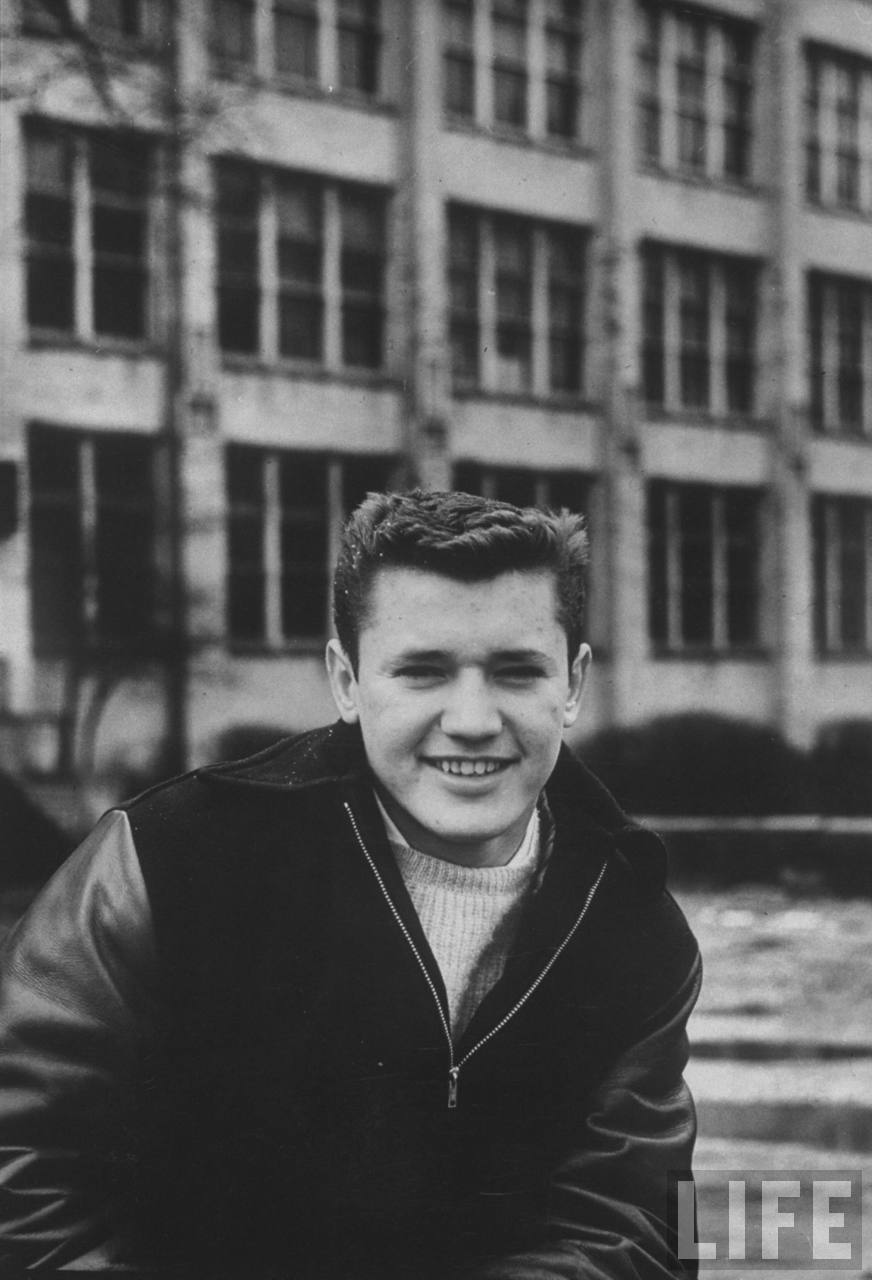
Student Stephen Lapekas posing for a picture.©Time.Stan Wayman. 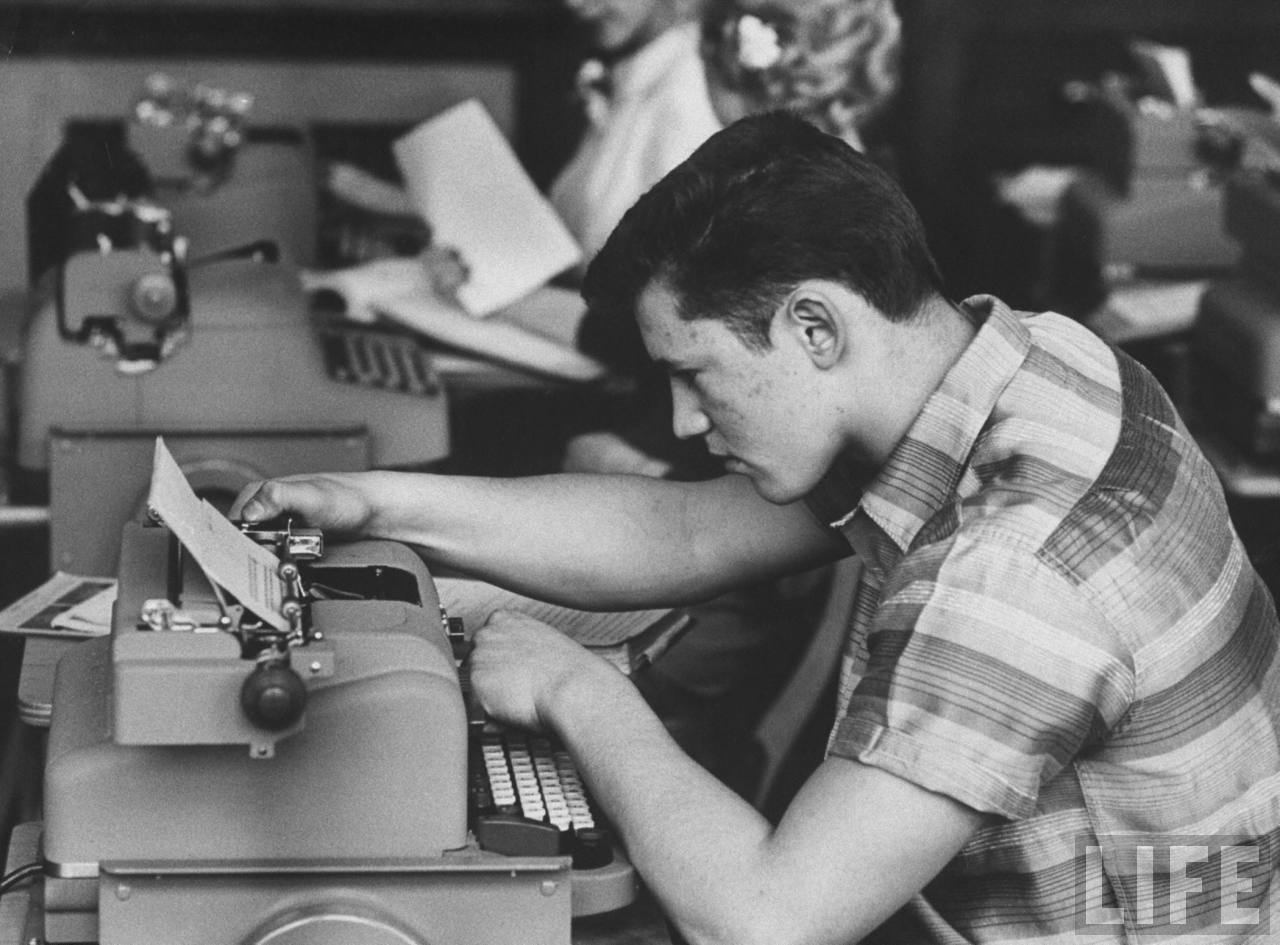
Student Stephen Lapekas sitting in typing class.©Time.Stan Wayman. 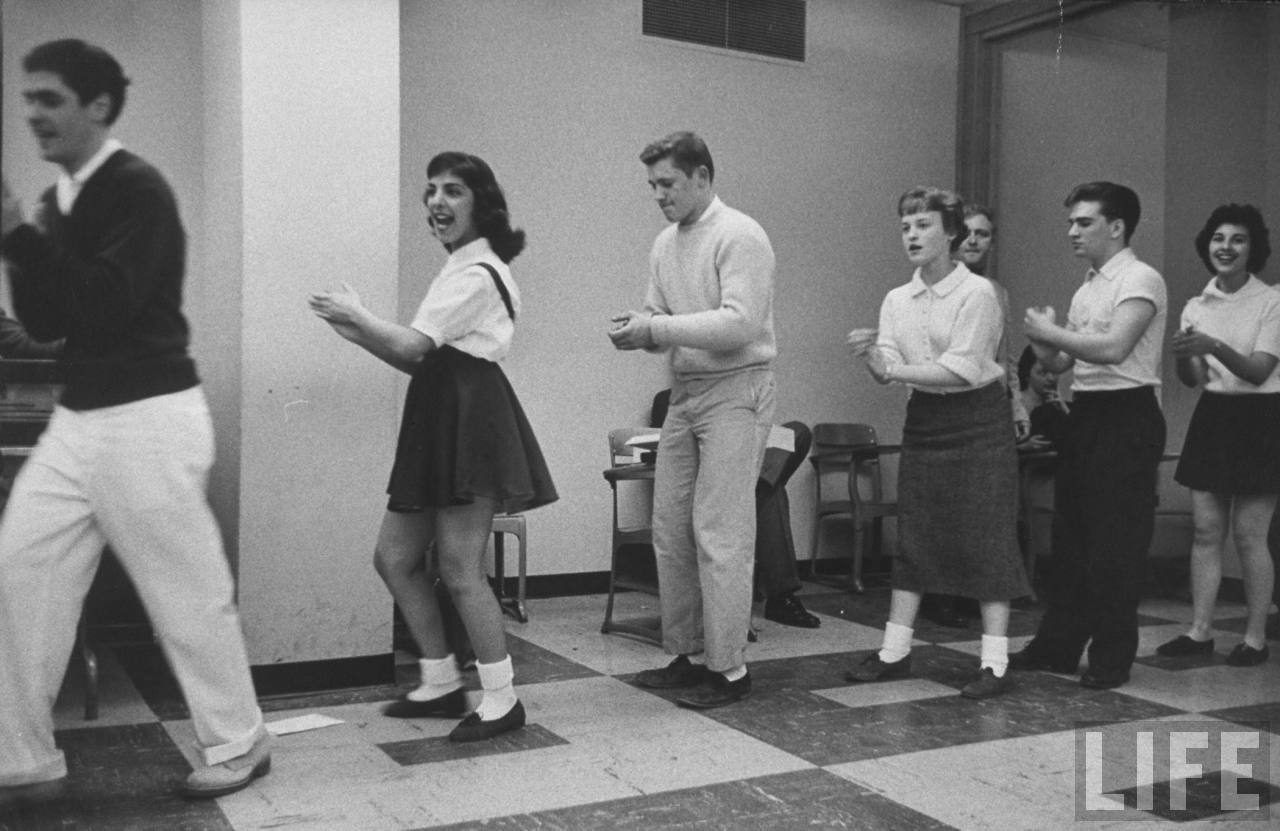
Student Stephen Lapekas (C) dancing at a dance.©Time.Stan Wayman. 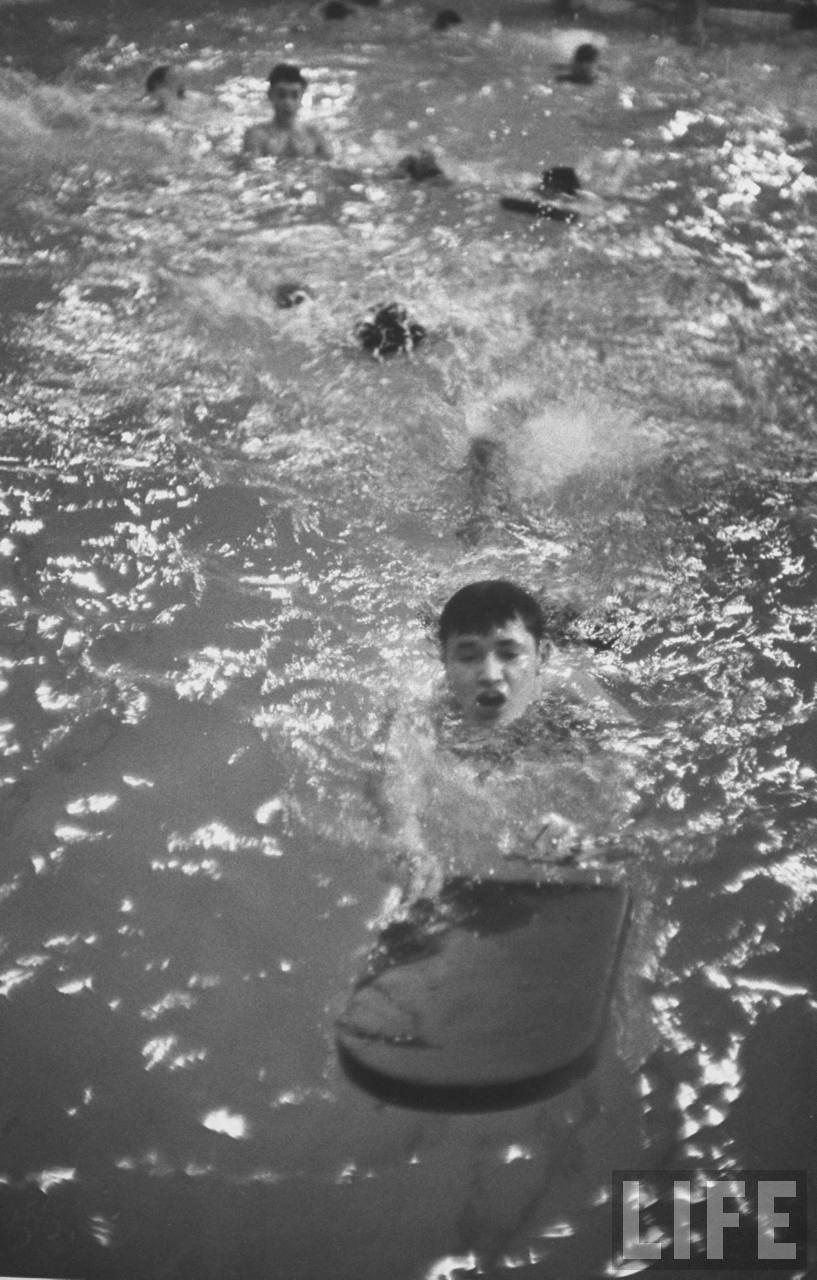
Student Stephen Lapekas swimming in a pool.©Time.Stan Wayman. 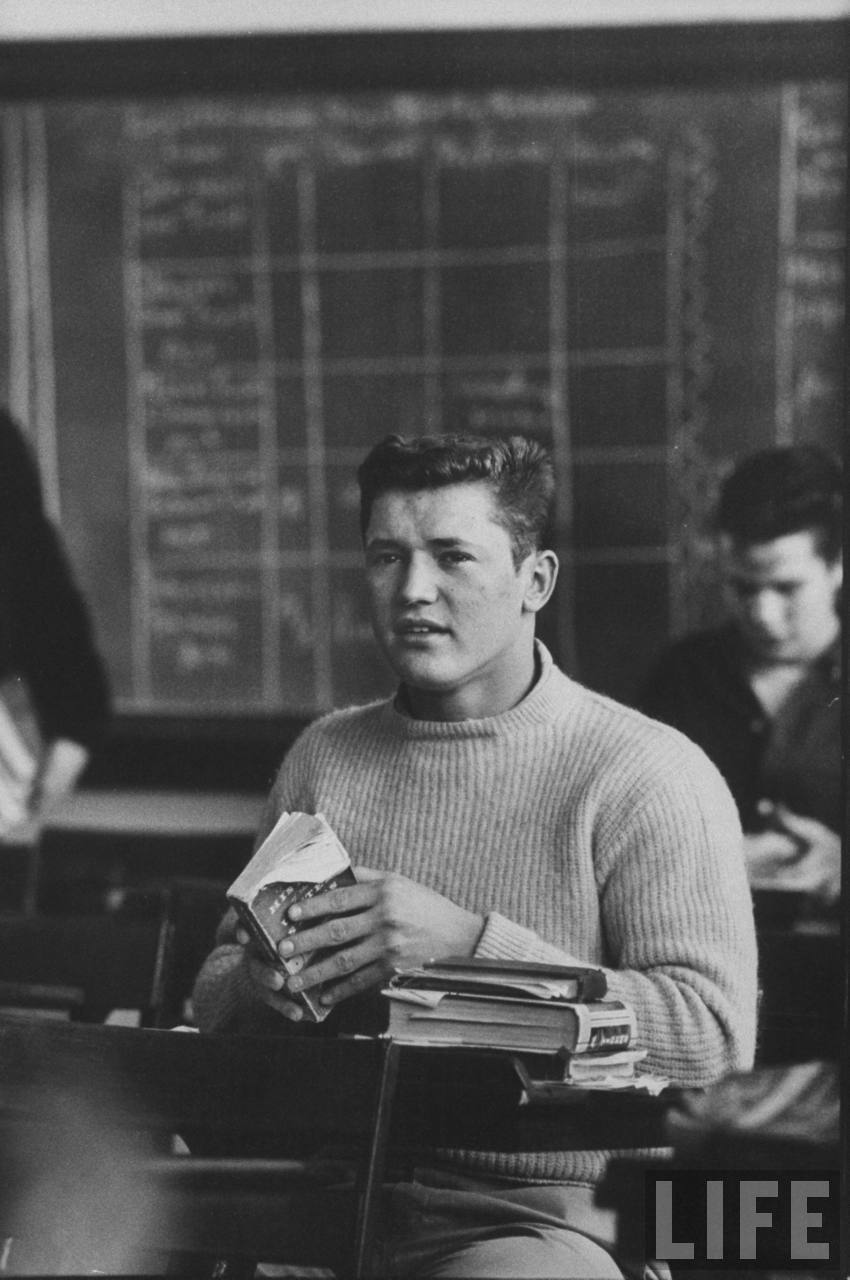
Student Stephen Lapekas (C) sitting in class.©Time.Stan Wayman. 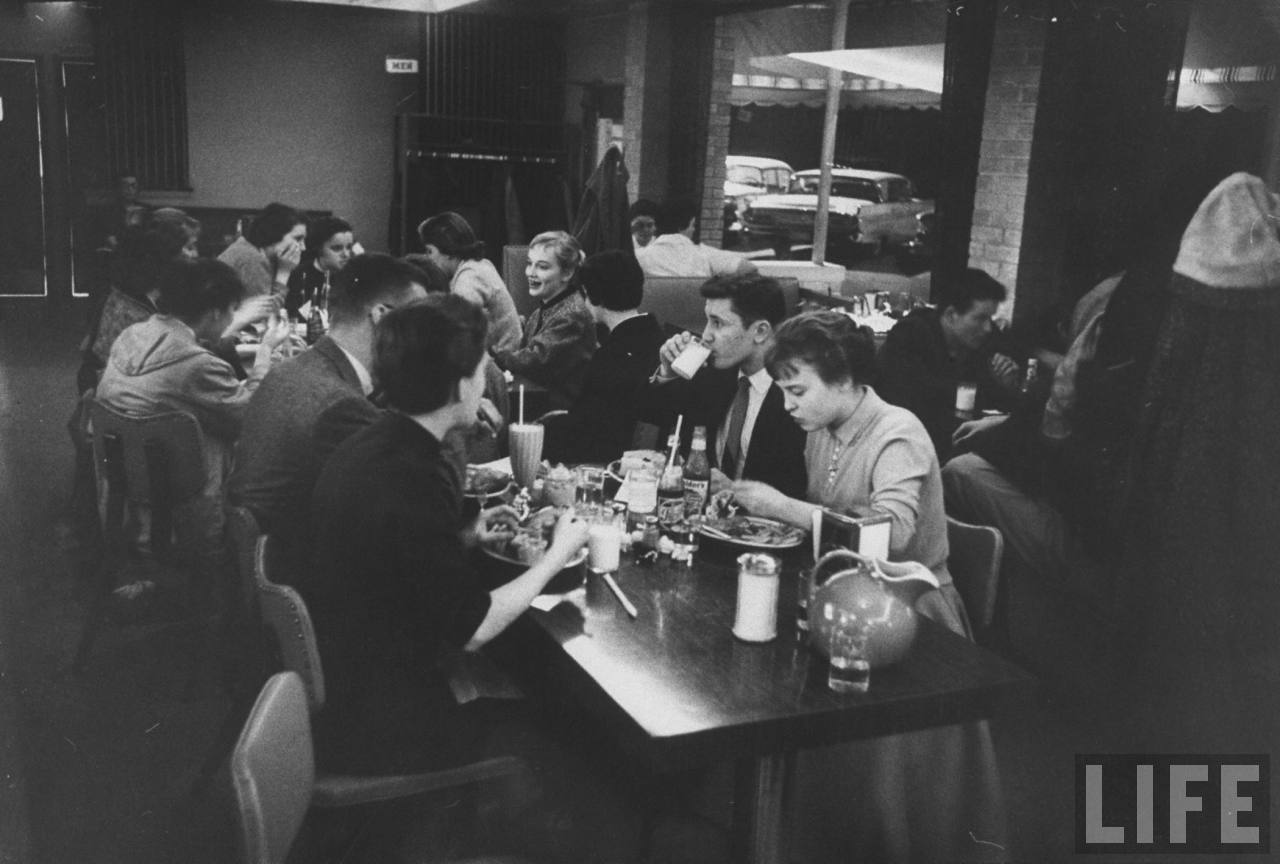
Student Stephen Lapekas (C) sitting in a restaurant with his friends.©Time.Stan Wayman. 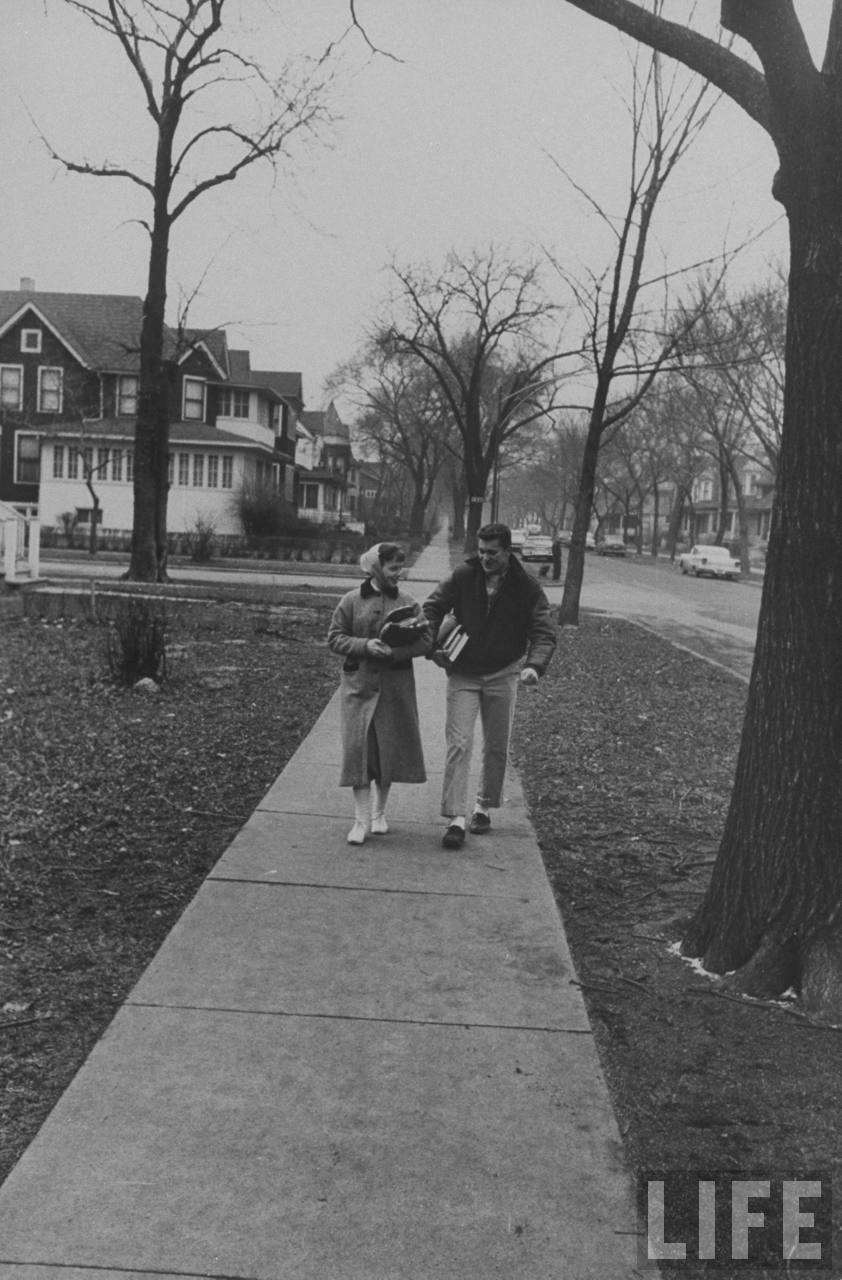
Student Stephen Lapekas walking with a fellow student to school.©Time.Stan Wayman. 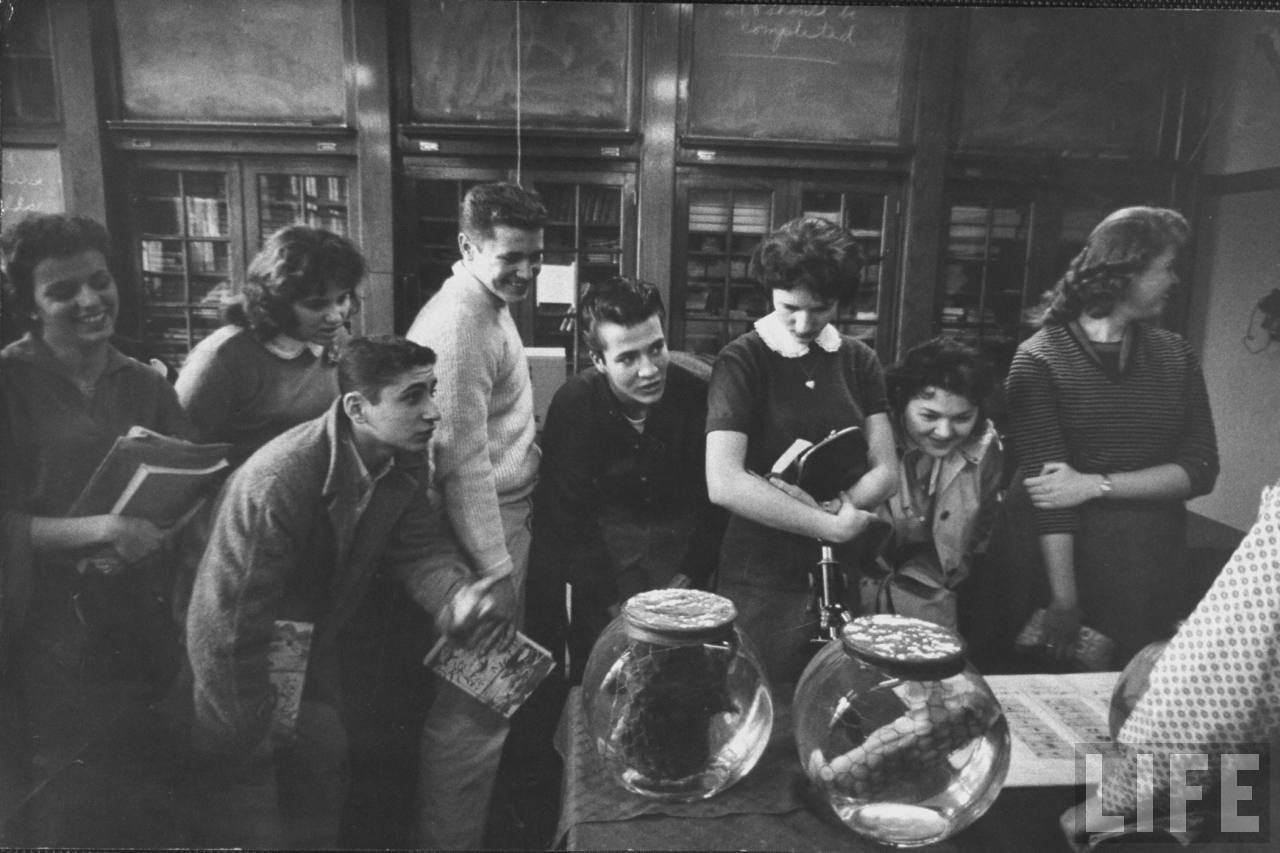
Student Stephen Lapekas (4C) standing with others in his biology class.©Time.Stan Wayman. 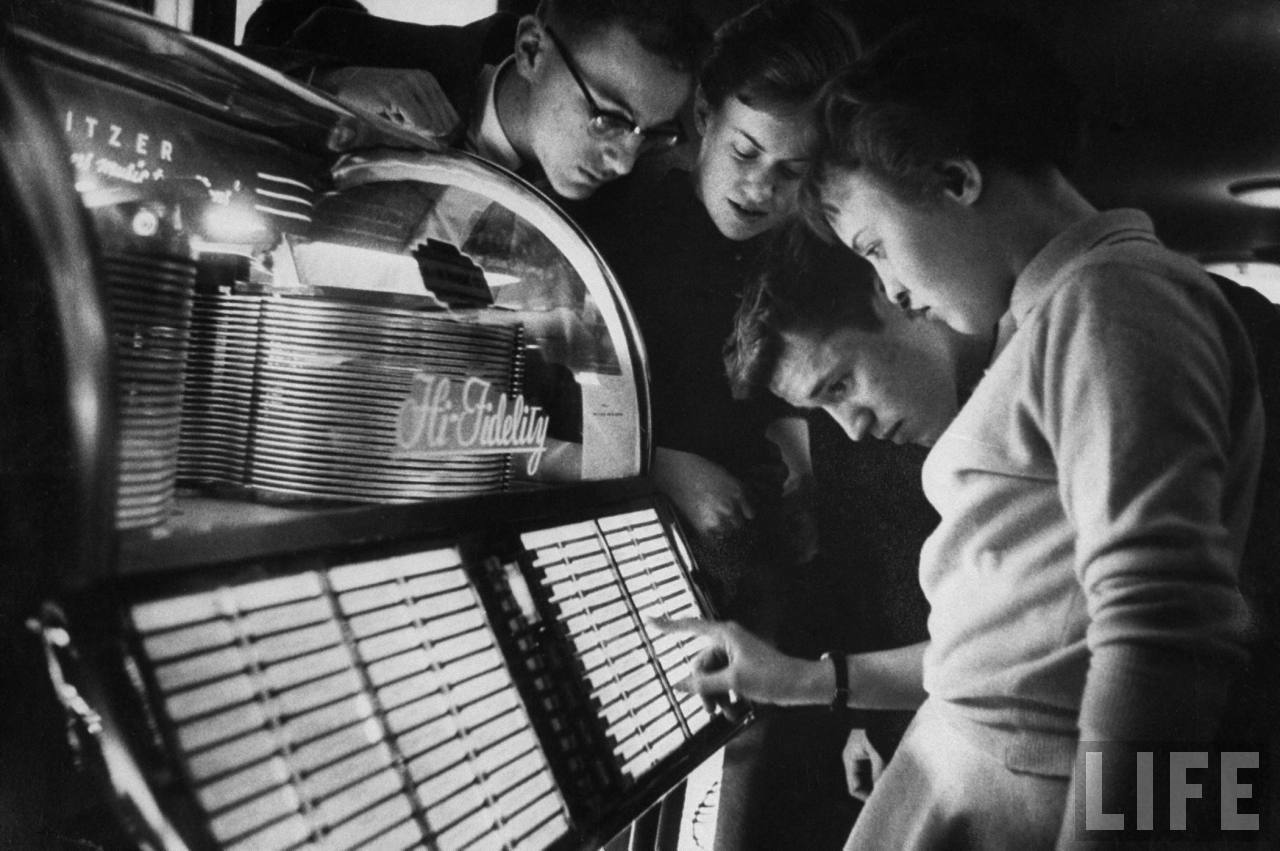
Student Stephen Lapekas (2R) playing a song on a juke box.©Time.Stan Wayman. 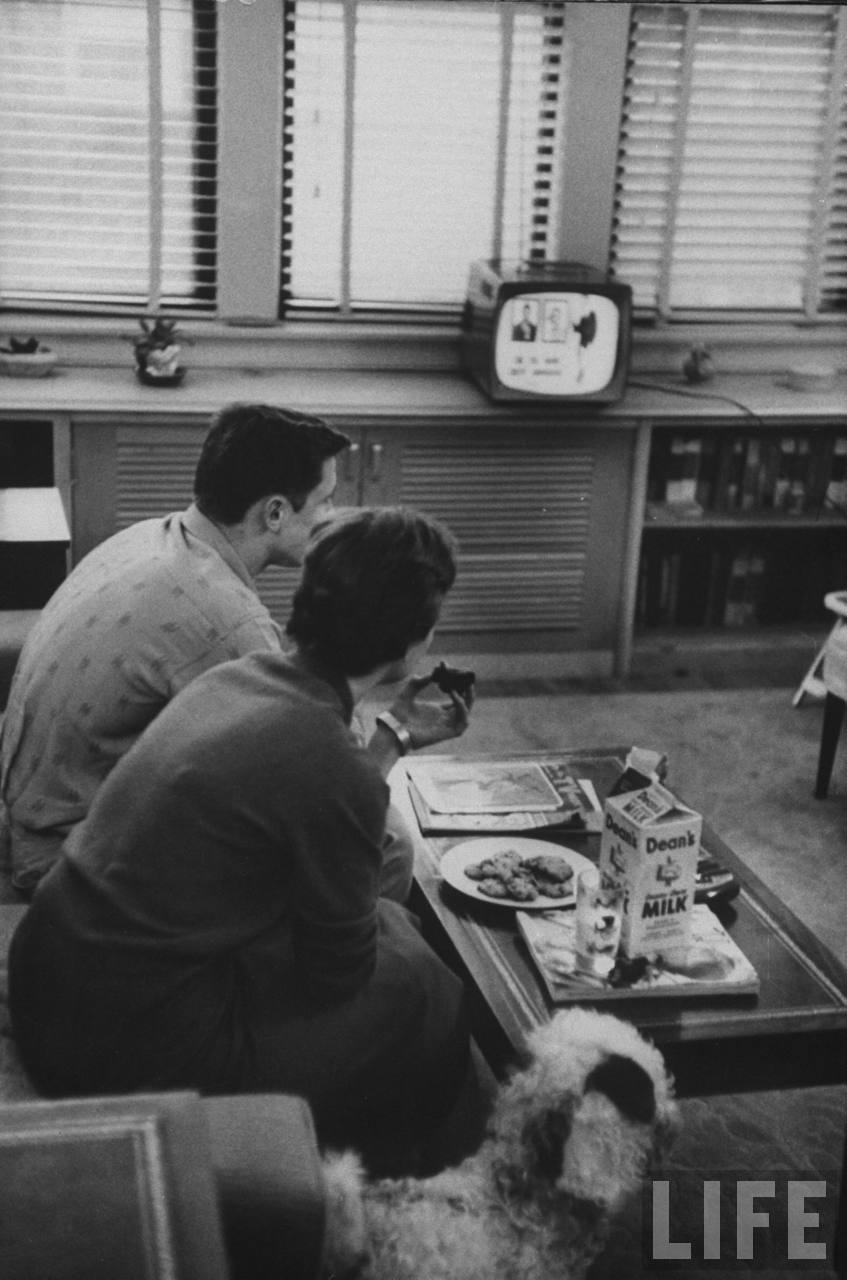
Student Stephen Lapekas (L) watching TV and eating a snack after school.©Time.Stan Wayman.©Time.Stan Wayman. According to this article:
Lapekas became a Navy pilot, then a commercial pilot for TWA; I am told Kutzkov works for the Russian equivalent of the FAA.
Despite the seemingly different education systems in the Soviet Union and the United States, the article didn’t mention that the most important factor was not how the students were educated but how their country utilized their talent and knowledge after the graduation. In the USSR the graduate was likely to be drafted to serve in the military and after eventually graduating from college be assigned a low-paying job anywhere in the country. Most of the intellectual jobs such as engineering, science and medicine were paying less than manual labor to maintain the socialist class hierarchy, where intelligentsia was not considered a class like workers and peasants, but was tolerated as a mid-layer in order to serve the cause of the working class. Therefore, a welder was making more money than a doctor or a scientist with a PhD.
In the end, the quality of life was probably better for the fun-loving American kid, than for his serious Soviet counterpart, whose abilities could not deliver him the material success he deserved.
Continue reading →